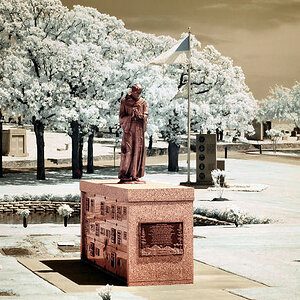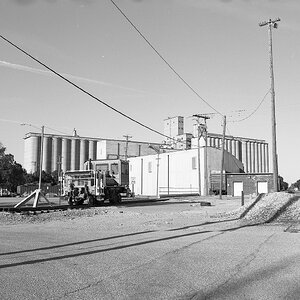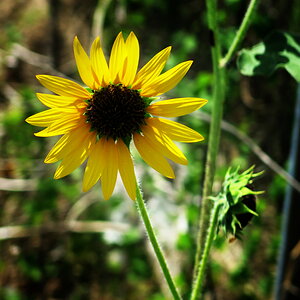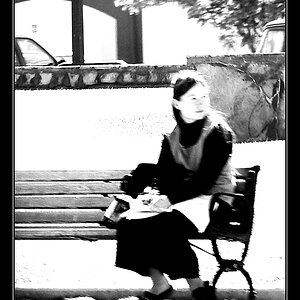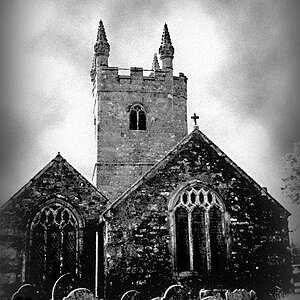jocose
TPF Noob!
- Joined
- Sep 16, 2005
- Messages
- 3,059
- Reaction score
- 118
- Location
- dans la pissoir
- Website
- www.musingsofjocose.com
- Can others edit my Photos
- Photos NOT OK to edit
OK, so I'm still trying to figure out what to buy. I'm pretending like I have a clue, saying crap like "I'm thinking about the 18-70mm lens." But the simple fact is that I have really no idea what that means.
The camera I'm looking at comes with an 18-70mm, someone has suggested that if I get that, then I should also get a 70-300mm, and I'd be set.
Now Hobbes and Daniel are saying that I would be just as good with a 50mm. So what do these numbers mean? I know that literally, it has to do with the focal point hitting the film/sensor, but what do the numbers mean? And isn't one that has a sliding range better than a fixed one? That is, wouldn't the 18-70 DO what the 50 does?
Thanks.
The camera I'm looking at comes with an 18-70mm, someone has suggested that if I get that, then I should also get a 70-300mm, and I'd be set.
Now Hobbes and Daniel are saying that I would be just as good with a 50mm. So what do these numbers mean? I know that literally, it has to do with the focal point hitting the film/sensor, but what do the numbers mean? And isn't one that has a sliding range better than a fixed one? That is, wouldn't the 18-70 DO what the 50 does?
Thanks.


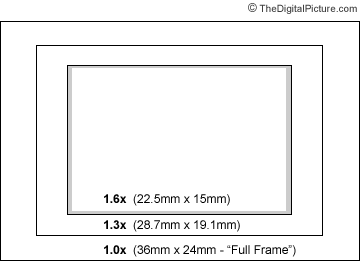
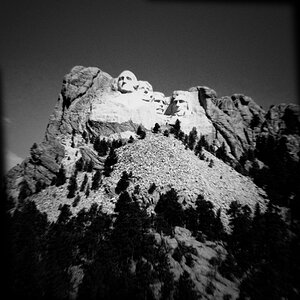
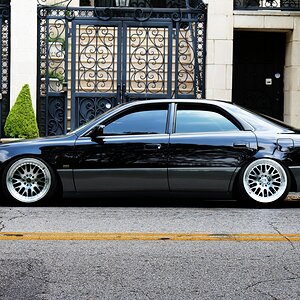
![[No title]](/data/xfmg/thumbnail/30/30861-fee88082ba36d0c3b443492fe3f3f1cd.jpg?1619734481)

![[No title]](/data/xfmg/thumbnail/42/42465-64dd69400e2bfaf59e558c3d8c934271.jpg?1619740192)
